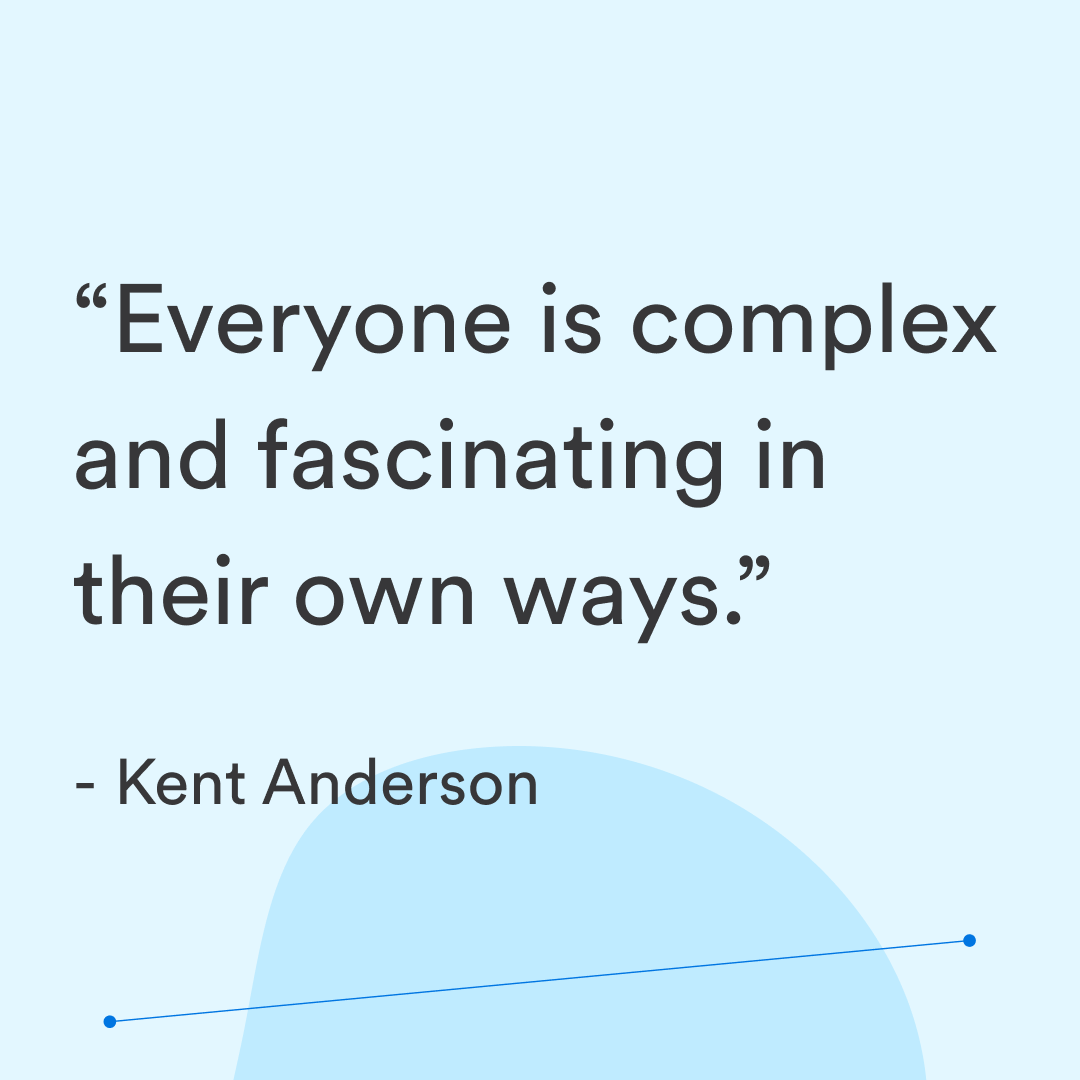Building a Humanistic Teaching Philosophy
/)
When teaching, it is important to understand the material in the classroom and how to use it effectively. The technical side of teaching is a vital part of education. However, it is equally important, perhaps more so, to consider how to shape the mood in the classroom and how to position yourself in relation to your students.
'Deskside Manner': Teaching the Whole Student
Doctors often talk about bedside manners. As a teacher, I like to think about what I call “deskside manners.” A student is never just a student. You need to teach the whole person, especially in an online learning environment. Many students join classes from home, in a domestic setting, and they sometimes bring personal concerns with them. That can affect their mood.
It helps to listen not only actively but also mindfully. Students may appreciate not only the opportunity to express themselves, but also the chance to do so in English, to get things off their minds while learning the language. Ask questions that encourage them to think. A student should leave your class not only with improved English but also with a stronger sense of self.

This applies to teachers as well. You should always develop not only your professional skills but also your self-awareness. After all, the better you know yourself, the better you will be able to teach. As the saying goes, Physician, heal thyself. For teachers, the same applies: Teacher, know thyself.
Learning as a Two-Way Exchange
Teaching is an active process of engagement between students and teachers. You have much to learn from your students, just as they have much to learn from you. This is especially true in English language learning.
We express ourselves through words. For students, learning English means re-learning how to express themselves. They often discover new, sometimes more creative ways to communicate within the limits of a developing vocabulary. As a teacher, you can learn from this too. Their use of English may reveal fresh ways of saying things you might never have considered.
Perspective is shaped by language. Through your students’ speech, your own view of the world can expand. When you engage deeply with learners, both of you gain new insights into language, the world, and yourselves.
Recognising the Individual
There is no such thing as an unimportant person. Everyone is complex and fascinating in their own way. Each time you work with a new student, you are meeting a unique human being. Recognise this uniqueness so you can adapt your teaching to them.
Focus and attentiveness are key. Every session with a student is an opportunity to change their life, and they may change yours as well. For this reason, you have a responsibility to always do your best, especially when a student is struggling.

Beyond the Classroom: Success in Life
Success in the classroom leads to success in life, for both you and your students. This is why it is vital not only to understand how to use classroom material but also to pay attention to how you communicate and connect with your learners.
Some of this advice may sound abstract, but appreciating, responding to, and understanding the human beings before us is central to achieving the best possible learning outcomes.
Final Thoughts
Humanistic teaching is not a technique but a mindset. It asks us to see students as whole people, to listen with care, and to treat every lesson as a shared opportunity for growth. When we teach this way, language learning becomes more than academic progress. It becomes a path to greater self-awareness, confidence, and connection.
Learn more about EF Teach Online here.

